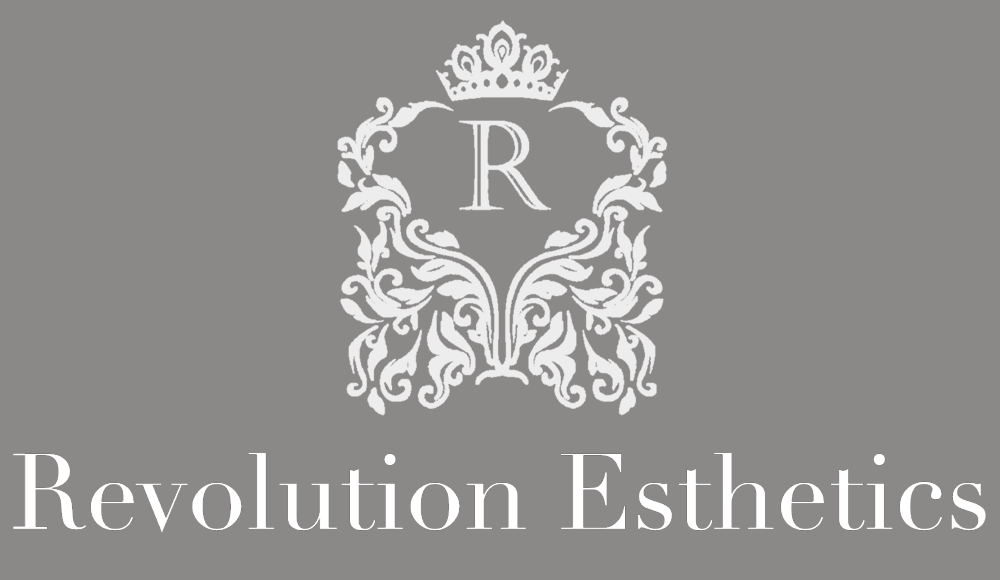PDO Threads
What Are PDO Threads?
LEARN MORE ABOUT OUT NEW PDO THREAD LIFT PROCEDURE IN MIDDLETOWN NY
Less invasive, our PDO Thread lift procedure can often be performed under 45 minutes without you needing to go under the scalpel. The Polydioxanone (PDO) thread lift procedure uses a dissolvable and biodegradable polyester suture that tightens and lifts your skin. It's best suited for rejuvenating your skin while some newer types of thread lifts are better at lifting sagging skin.
Let’s take a look at what makes a PDO thread lift different from other thread lifts and what you can expect during the procedure.
What makes PDO threads different to other lift procedures?
PDO threads are one of three types of sutures commonly used in thread lift procedures. The other two types are made from polylactic acid (PLA) and polycaprolactone (PCA).
PDO threads have been around the longest of the three and have been used in surgeries since the 1980s. They’re made from a colorless polyester that breaks down in your body after about 6 months.
The presence of these sutures in your skin triggers cells in your body called fibroblasts to produce more collagen. Collagen is the protein that gives your skin its structure and elasticity. Loss of collagen is one of the main causes of aging skin.
PDO threads can be further divided into three categories:
- PDO mono threads. Smooth sutures that help rejuvenate your skin by stimulating collagen production.
- PDO cog threads. These threads have barbs that latch into your skin like small fishhooks, to provide support and lift parts of your face.
- PDO screw threads. Made up of one or two intertwined threads, these are used to help restore volume to sunken parts of your skin.
Other Types Of Threads
PLA and PCA threads are newer than PDO. They last longer in your body and tend to stimulate more collagen production. PLA threads take about 12 months to be absorbed and PCA takes about 12 to 15 months.
Each type of thread is best suited for a particular function. PDO threads are better at repositing and revitalizing tissue while PLA and PCA threads are better at lifting sagging parts of your skin.
| Goal of procedure | Most suitable thread |
|---|---|
| Rejuvenation or skin tightening | PDO mono |
| Moderate facelift | PDO cog or screw |
| Moderate facelift with texture and elasticity improvement | PLA or PCA |
| Significant facelift | Facelift surgery |
PDO Thread Lift Recovery & Aftercare
Recovery from a PDO thread lift is minimal. You may have some swelling and bruising for the first 24 to 48 hours but you can return to most of your daily routines right away.
You should avoid rubbing your face as much as possible the week after your procedure to avoid accidently dislodging the thread. You’ll also likely be advised to avoid pursing your lips, smoking, and drinking through a straw for the first several weeks.
Other activities you may want to avoid for 1 to 2 weeks include sleeping on your side, intense exercise, and visiting saunas.
Sleeping with your head propped on a pillow can help you avoid accidentally rolling onto your face during the middle of the night.
To learn more about the PDO Thread Lift treatment and if it's right for you, call and get a free consultation at out med spa in Middletown, NY or Clifton, NJ today!





